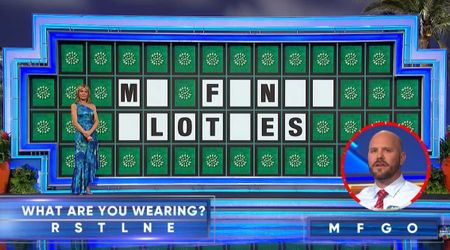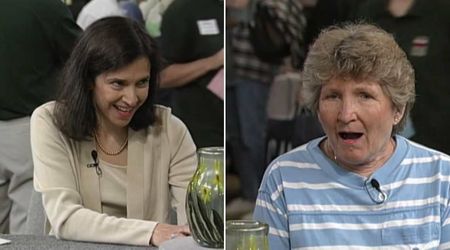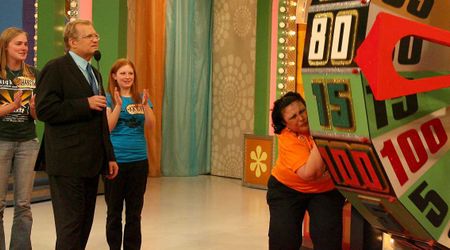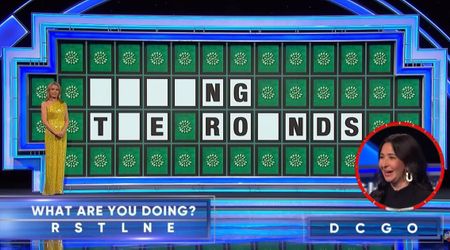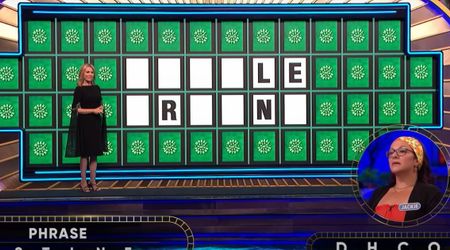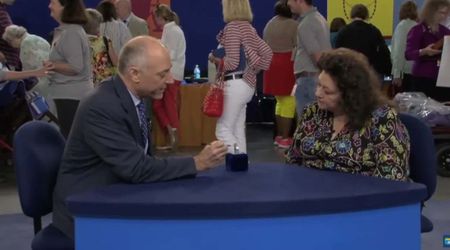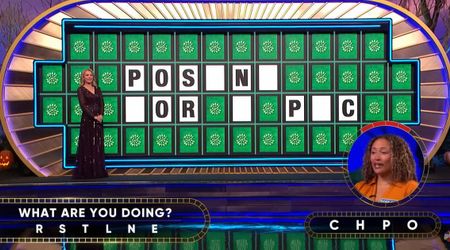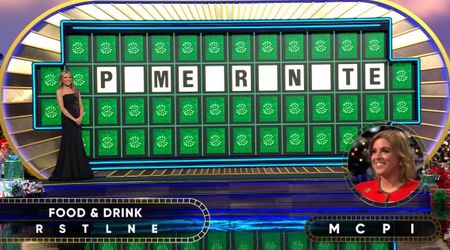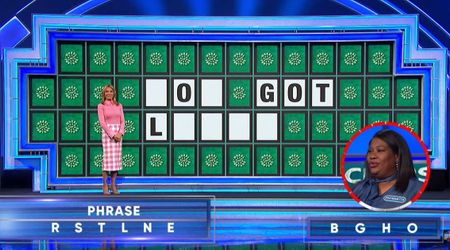'Antiques Roadshow' guest says 'you've taken my breath away' after hearing the value of her vase

"Antiques Roadshow" experts reveal a lot more about artifacts and heirlooms, along with their monetary value, in addition to the sentiments attached to them. The reactions to such appraisals are unpredictable, and the owner of a vase was in shock after expert David Rago revealed that the gift was worth $10,000.

In the episode, the guest opened by sharing the incredible story of how she got the vase that survived Hurricane Katrina. "It belonged to a gentleman named Jack Sawyer from New Orleans who collected antique glass. And he does have an exhibit in the New Orleans Museum. But we had gone to see him in Waveland years before Katrina. I admired this, and told Jack that’s one of the prettiest things I’ve ever seen," she recalled.
She further shared that after the hurricane hit, a lot of the gentleman's pieces were lost, but the vase, along with a few more items, had survived. "And he washed them and cleaned them up. When Jack found out that he was terminally ill, he sent this to me," she said, adding that it was all she knew about the item.

Rago then took over, saying that he immediately recognized the item as soon as he saw it on the table. "I know you thought initially it was glass. It does look like that. It looks like iridescent glass from the turn of the century. But it is a piece of pottery," he revealed. He went on to explain that if his suspicion was right, then the item was a piece of 'Zolsnay pottery' from Budapest.
"This is the eosin glaze, and it changes as you turn it to the light. But it’s a golden green luster, and what’s really special about this is that the vase itself is okay as far as Zolsnay goes, but the metalwork is rather exceptional," he further noted. He examined that there were two full peacocks on the vase encircling it, and the tails of the birds covered the base, which was made of metal. "The research I did said it is gilded pewter. It’s also marked. It’s marked Orion and 272, which is the shape number. And there is another one out there with the same number on the bottom," he said.

Rago noted that in his research, he also found that the vase came from a collaboration between a Hungarian Art Nouveau company and a German Art Nouveau company. "Orion was located in Nuremberg, Germany. They were only in business for three years, from 1903 to 1906. They were bought out by a competing company in 1906. George Schmidt was the artist who worked on this piece," he added. He told the guest that the vase was an Art Nouveau design in the German style, called Jugendstil.

Coming to the appraisal, he noted that it was a very special item in the market and it could bring anywhere between $7,000 and $10,000. "One, almost identical to this, sold at auction within the last two years for $12,000. So my $7,000 to $10,000 is a bit on the conservative side," he said. The guest was in shock, hearing the number as she put her hand over her mouth.
Making a recovery, she jokingly said, "Well, I loved Jack. But I didn’t know he loved me that much!"
In the end, the guest thanked the appraiser for the estimate, stressing that she was having a hard time believing it. "Well, David, you have taken my breath away. You absolutely have," she said in the end.






